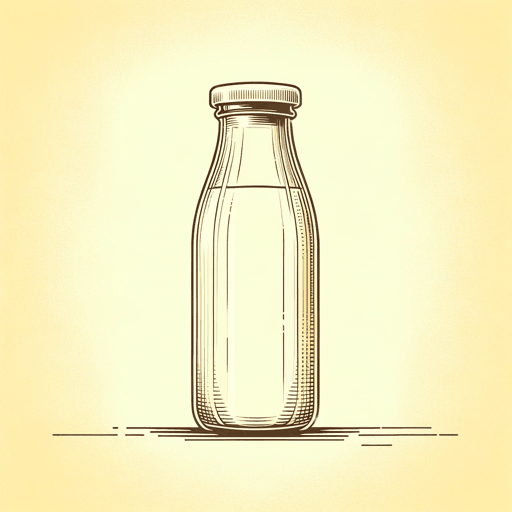37 pages • 1 hour read
Neil GaimanFortunately, the Milk
Fiction | Novel | Middle Grade | Published in 2013A modern alternative to SparkNotes and CliffsNotes, SuperSummary offers high-quality Study Guides with detailed chapter summaries and analysis of major themes, characters, and more.
Summary and Study Guide
Overview
Fortunately, the Milk (2013) is a story by British author Neil Gaiman (illustrated by Skottie Young in the US edition and Chris Riddell in the UK edition). In the story, a father’s simple task of getting milk for his children’s breakfast cereal turns into a time-traveling adventure. The father takes a long time getting home from the corner store with the milk. As he explains to his hungry children, this was not his fault but the result of a series of fantastical, otherworldly adventures that he had to overcome before he could get home. His children listen, spellbound, as he recounts being abducted by aliens, captured by pirates and volcano worshipers, nearly eaten by creatures called wumpires, and rescued by a time-traveling Stegosaurus (a dinosaur). Their father also saves the universe and prevents the Earth from being remodeled, while still managing to return home safely with the milk—which he places on the table as proof. Illustrations by Skottie Young build on the narrative.
Gaiman was born in the UK. He has published over 40 works of fiction and created works of poetry, comics, film, journalism, lyrics, television, and theater. He has also won numerous awards. His young adult book The Graveyard Book (2008) won both the Newbery Medal and the Carnegie Medal, making him the first author to win both awards for the same book.
This guide uses the 2014 HarperCollins Children’s Books paperback edition.
Plot Summary
A young boy (the narrator) and his younger sister check the fridge and search the kitchen, looking for milk for their cereal. Their mother has gone to present a paper on lizards, leaving their father, who forgot to get milk, in charge. Their father walks to the store to get milk, and the children wait and wait. To pass the time they consider eating pickles, play games, and the little sister practices her violin. Eventually their father returns, with an elaborate story about what happened to him on his way home with the milk, which he proceeds to tell.
Just before getting back home with the milk, the father hears a noise coming from a silver spaceship hovering above him which sucks him up. Inside the ship, he is confronted by green “globby” aliens who are intent on remodeling Earth. They demand that the father, as a human representative, give them ownership of Earth. Instead, holding tightly to the milk, the father jumps through an emergency exit, letting in “the space-time continuum” (15). This sends him “three hundred years in the past” to the 18th century and drops him into the sea (27).
The father is hauled onto a pirate ship, where the Queen of the Pirates offers him a choice: Join her crew or die. The father politely refuses to join her: “I almost wish that I could [...]. But I have children. And they need their breakfast“ (20). He helps the pirates construct the plank, which they make him walk. The plank is the father’s idea, because that’s where people usually get rescued, and indeed the father is rescued by a rope ladder hanging from a hot air balloon. The balloon’s pilot is a Stegosaurus called Professor Steg, the inventor of a time machine. Much to the father’s surprise, Professor Steg is a madam, not a sir.
As far as Steg is concerned, she is 150 million years in the future, while the father is around 300 years in the past, showing that time is relative. Professor Steg’s time machine needs a “special-shiny-greeny-stone” to travel accurately (30). The professor and father work together, zooming through time in their quest to find the stone and return the father to his present, so that his children can have their breakfast. All the while, the father takes great care of the milk.
The journey first takes them back a thousand years, to a jungle inhabited by angry volcano-god (Splod) worshippers. They find the stone. A particularly complicated time leap results in them briefly having two of the same green stone in the balloon simultaneously. Steg begs the father to be careful because she has calculated that “if the same object from two different times touches itself, one of two things will happen. Either the Universe will cease to exist. Or three remarkable dwarfs will dance through the streets with flowerpots on their heads” (51).
The next time leap takes the father and Professor Steg to a time and place where scary, hungry wumpires live. Wumpires are unfriendly, “pallid people.” To escape, the father presses the time machine button, and they zoom back to his house. Unfortunately, as the father is saying goodbye to Steg, the aliens suck him and Steg back up into their spaceship, where all the angry characters from the father and Steg’s adventures are gathered. The aliens are even more determined to get the father’s permission for the remodel. Thinking fast, the father reaches through a small space-time portal that Professor Steg makes and borrows the milk from himself 15 minutes earlier. The father, now holding two bottles of milk, threatens to touch them together, thereby ending the whole universe (probably) unless the aliens send all the creatures away and let him go home with the milk.
The aliens agree and expel the creatures, but before they can disappear, a squad of Galactic Police Dinosaurs shows up on space bikes. The police charge the aliens with the crime of “breaking into people’s planets and redecorating them” (91). The futuristic dinosaur police are awestruck when they recognize Professor Steg, whose books they have read in school. Distracted, the father shakes the hand of a Pteranodon (a flying reptile), and the two milk bottles accidentally touch. Fortunately, instead of the universe ending, three dwarfs with flowerpots on their heads do a dance before disappearing, and the father goes home to his children with the milk.
Both children look at their father and around the kitchen, where they spot signs of the characters from his story, including the little sister’s vampire books and a hot air balloon calendar on the wall. The children tell their father that they don’t believe his story, but he just shrugs and gives them the proof, the bottle of milk.
Related Titles
By Neil Gaiman
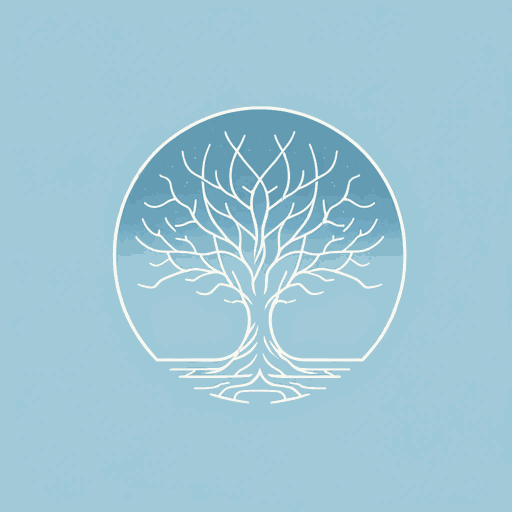
American Gods
Neil Gaiman
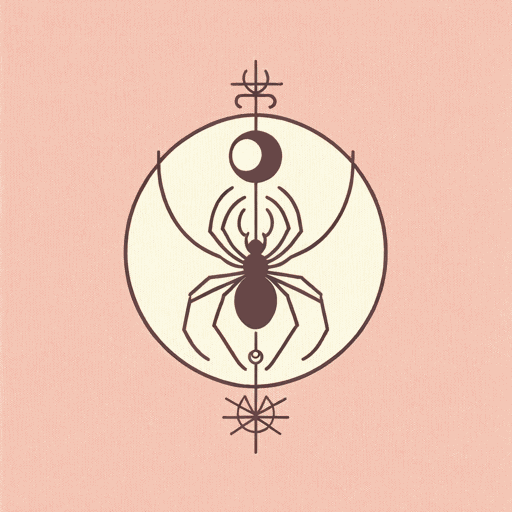
Anansi Boys
Neil Gaiman
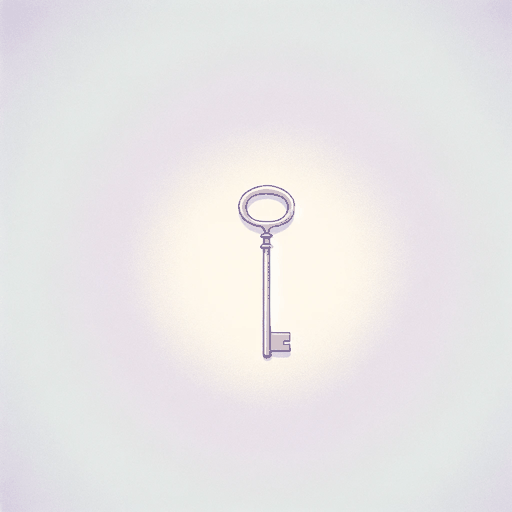
Coraline
Neil Gaiman
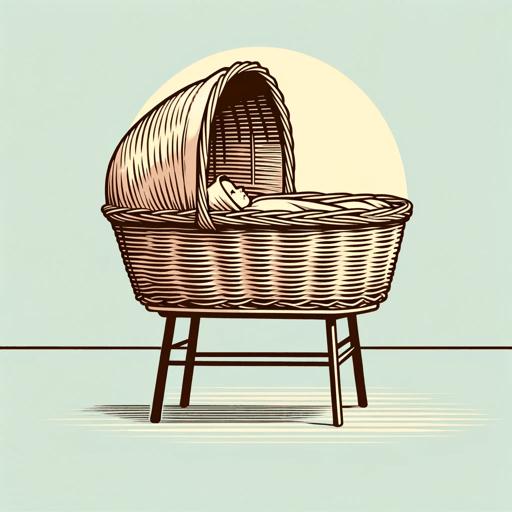
Good Omens: The Nice and Accurate Prophecies of Agnes Nutter, Witch
Neil Gaiman, Terry Pratchett
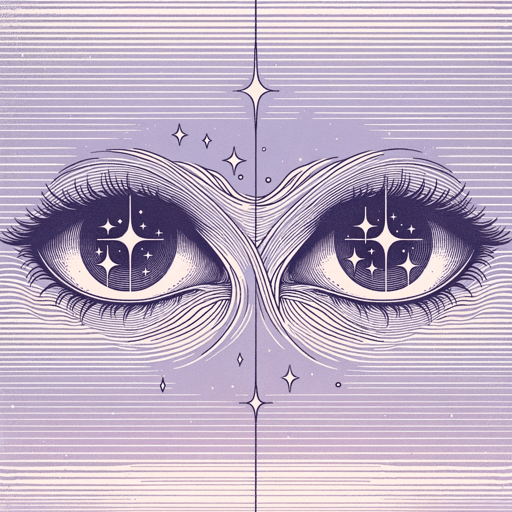
How to Talk to Girls at Parties
Neil Gaiman
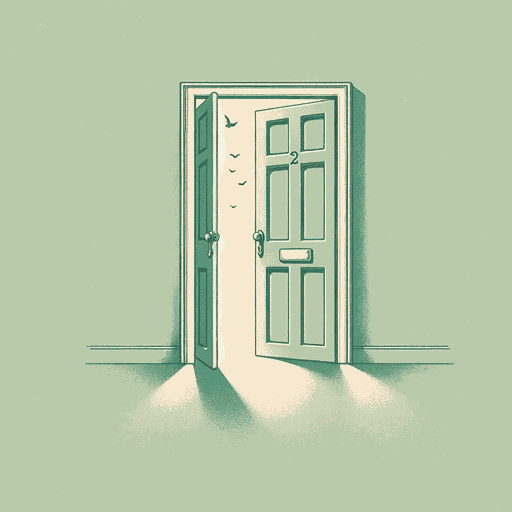
Neverwhere
Neil Gaiman
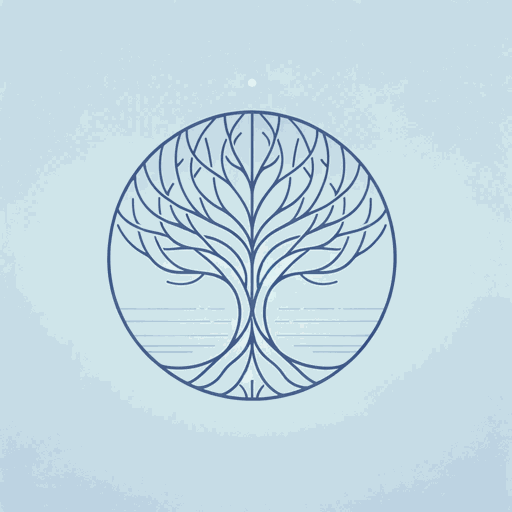
Norse Mythology
Neil Gaiman
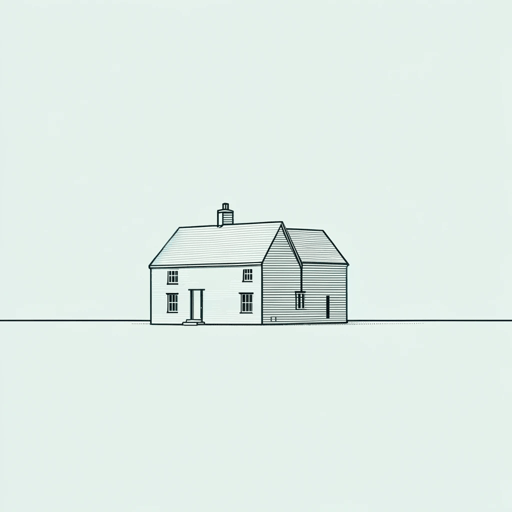
October in the Chair
Neil Gaiman
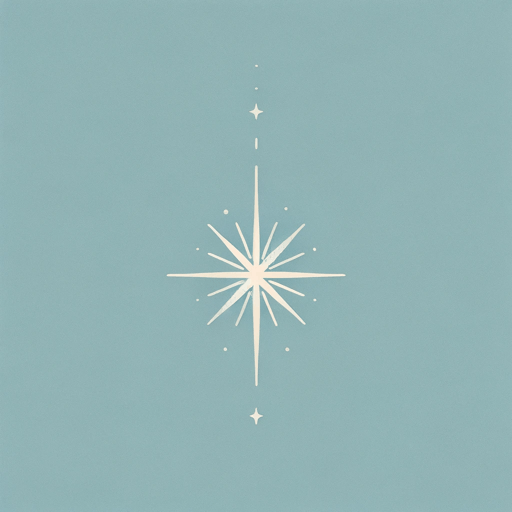
Stardust
Neil Gaiman
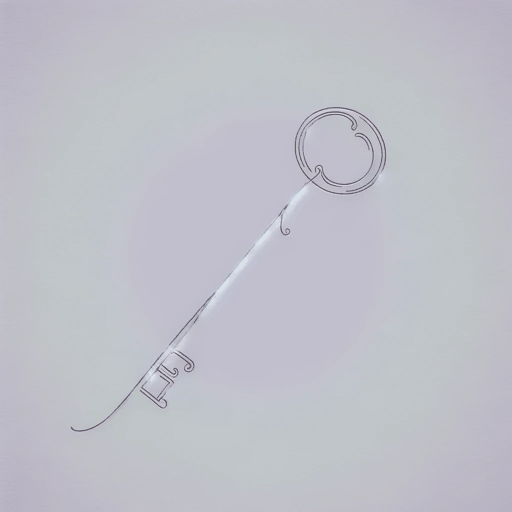
The Graveyard Book
Neil Gaiman
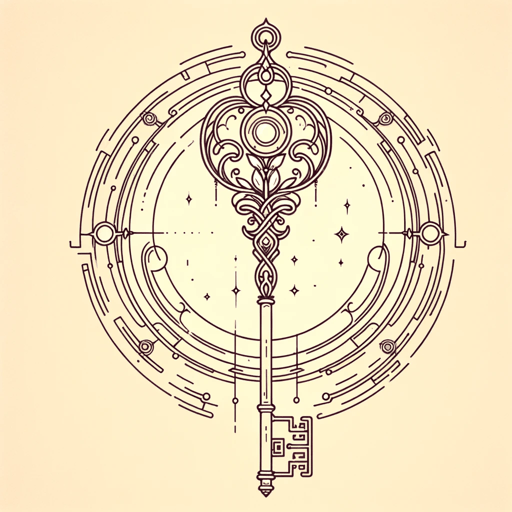
The Ocean at the End of the Lane
Neil Gaiman
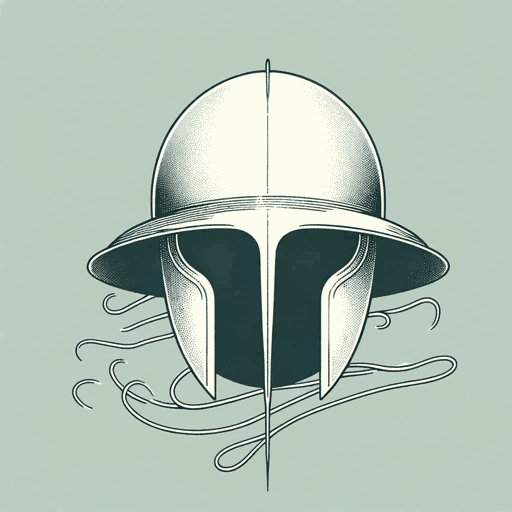
The Sandman Omnibus Vol. 1
Neil Gaiman

The Sleeper and the Spindle
Neil Gaiman
